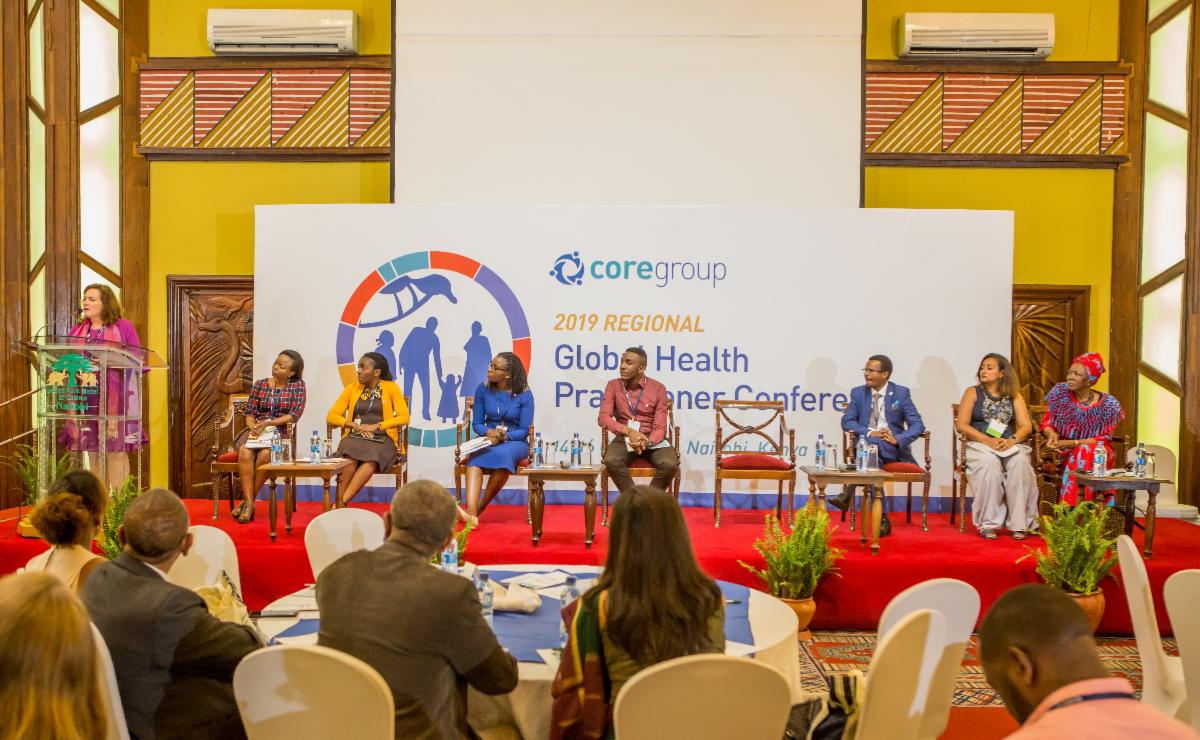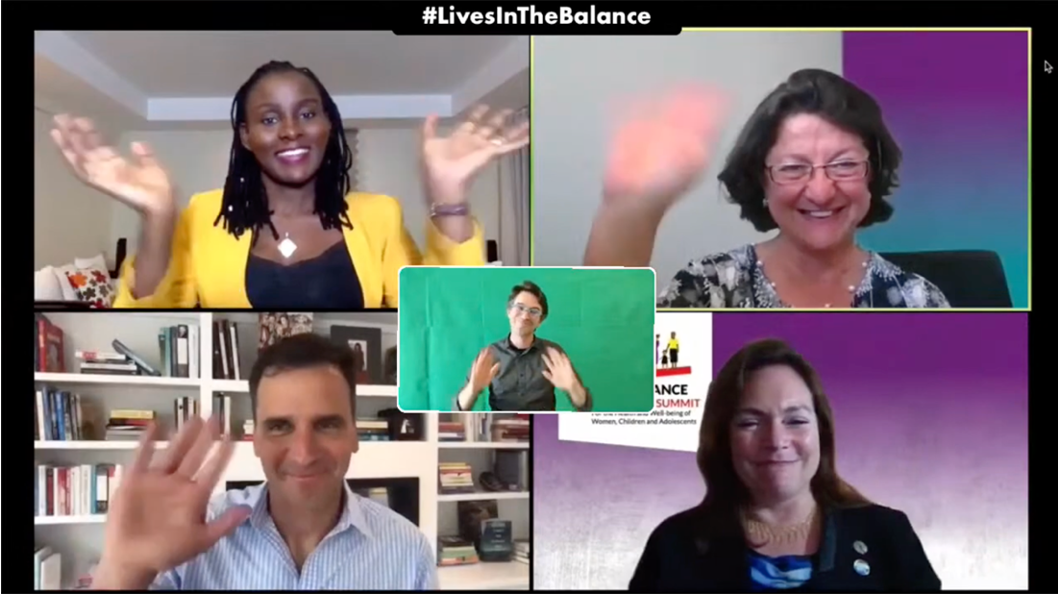Call for papers - Rivista Italiana di Filosofia del Linguaggio www.rifl.unical.it
Vol. 15, N. 1/2021 Rhetoric and health
Edited by Maria Grazia Rossi
Deadline: 20.01.2021
Words can act as a pharmakon, becoming a remedy or a poison.
Considering both theoretical tenets and empirical findings, we have
convincing evidence on the power of language and words in changing minds
and fostering behavioural change.
In the context of health, it has been underlined how the quality of
communication affect (clinical) outcomes, at the individual level (on
patients) and the collective or societal level (on citizens). During the
current COVID-19 pandemic, it has become even more clear that such
communication effect is indirect and mediated by factors such as
understanding, motivation, social assistance, trust in the system, etc.
Words that are well-spoken but also, obviously, well understood can have
a strong impact on the quality of our lives, concerning the clinical,
emotional and social spheres. This is why the proper and effective use
of words should be considered as a common ethical responsibility: it is
an ethical responsibility for healthcare providers that directly take
care of patients, but it is also a responsibility of public and private
institutions working to promote behaviours favouring the adoption of a
healthier life and the building of healthier societies, respectful of
other people and more environmentally friendly. What happened from a
communicative point of view to justify the need to activate a state of
emergency and maintain lockdown restrictions is exemplary in this
respect, also to discuss the conflict between values that is pervasive
in our complex and interconnected societies. Even beyond the pandemic,
many examples can be mentioned to discuss the importance of both the
effectiveness and quality of communication. Take as examples social
campaigns and/or advertisements on health issues related to cases such
as the public debate on vaccination or antibiotic resistance, the social
campaigns to combat pollution or against smoking in public spaces.
However, it is not obvious to find a consensual framework to define
what counts as communication of quality, even if rhetoricians
investigated heavily on this issue. Not necessarily a successful
communication is also desirable from an ethical perspective. Obtaining
persuasion – to be able to change attitudes and/or behaviours, it is not
necessarily equivalent to do it in an ethically way. For example,
implicit persuasion strategies often (but not always) can be described
in terms of manipulation tools attempting to manipulate people and to
change their habits. Again, this applies at the individual level within
the interactions between patients and healthcare providers, with
therapeutic recommendations described as genuine persuasive acts. At the
collective level, it also applies to public communication, including
the communication made on social networks, where fake news and
misinformation spread even more quickly.
The links between rhetoric and health can be therefore analysed from
two different points of view. From a linguistic point of view, the main
problem is to figure out which communicative strategies are effective to
persuade patients (and citizens) in changing a given behaviour and/or
accepting the treatment more appropriate to a specific medical
condition. From an ethical point of view, the main problem is to figure
out which effective communicative strategies are legitimate, meaning
they respect values defining both the patient (citizen) agenda and the
doctor (political/health system) agenda. The discussions concerning the
frameworks of value-based medicine and patient-centered medicine fit in
this context, as well as fall in this debate the current attention given
to the frameworks of narrative medicine and persuasive technology
(applied to telemedicine, mobile apps, social networks, etc.).
Vol. 15, N. 1/2021 of RIFL expects to explore the links
between rhetoric and health, accepting papers aim at considering the
role of communication in the context of health, and papers considering
persuasion from an ethical point of view – at the individual level
(between patients and providers) and the collective/societal one
(between institutions and citizens, between media and citizens).
Papers should be theoretical or empirical. All fields will be
considered (Philosophy of Language, Classic studies, Literary studies,
Linguistics, Psychology, etc.) if they are relevant to discuss the
persuasive and/or the ethical dimension of communication in the context
of health. Papers exploring the following areas are very welcome:
- Words and language as pharmakon
- Communicating science, communicating the COVID-19 pandemic
- Doctor-patient communication
- Persuasion, argumentation and manipulation in the context of health
- Ethic of the medical discourse and ethics for health
- Ethical relevance and effectiveness of narrative medicine
- Shared decision-making between patients and providers
- Social campaigns and advertisement for health
- Persuasive technology and health
- Social networks and seeking information on the web
- Value-based medicine
- Patient-based medicine
- Public opinion and health
- Visual persuasion and the role of images in the context of health
- Linguistic strategies developed for healthcare providers
- Emotions and interpersonal relations in the context of health
- Language and placebo effect
We call for articles in Italian, English and Portuguese. All
manuscripts must be accompanied by an abstract (max 250 words), a title
and 5 keywords in English.
The manuscript must be prepared using the journal template Download template.
All submissions must be prepared by the author for anonymous
evaluation. The name, affiliation to an institution and title of the
contribution should be indicated in a file different from that which
contains the text. The contribution must be sent in electronic format
.doc or .rtf to segreteria.rifl AT gmail.com.
Instructions for authors:
Maximum contribution length:
40000 characters (including spaces) for articles (including bibliography and endnotes).
Deadline 20.01.2021
Publication: June 2021
CFP Full text: http://rifl.unical.it/index.php/rifl/announcement/view/23
My source:
Philos-L "The Liverpool List" is run by the Department of Philosophy,
University of Liverpool
https://www.liverpool.ac.uk/philosophy/philos-l/
Messages to the list are archived at
http://listserv.liv.ac.uk/archives/philos-l.html. Recent posts can also
be read in a Facebook group: https://www.facebook.com/PhilosL/ Follow the list on Twitter @PhilosL. Follow the Department of Philosophy
@LiverpoolPhilos















 orcid.org/0000-0002-0192-8965
orcid.org/0000-0002-0192-8965

